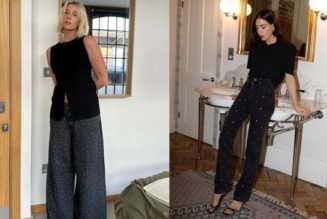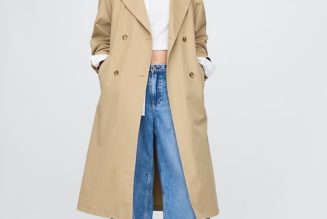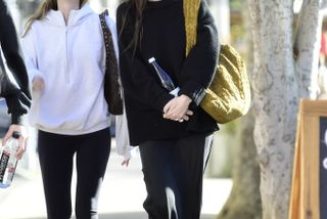
Global luxury has found its home in the U.S., with brands expanding their footprint in prime urban locations and exploring new stores in up-and-coming markets.
Like most retail verticals, the luxury market stumbled during the pandemic, though it was also among the first to recover. Sales of luxury products in the U.S. rose 8.5% in 2021, reaching over $64.1 billion—nearly double the global average.
China has led the way in luxury sales for much of the past decade, but the U.S. claimed the top spot in 2021 and is now viewed as the number one growth market for 2023 and beyond. While not immune from inflation and other economic pressures, the U.S. market still has many shoppers with above-average wealth—and growing competition on where to spend it.
World-class spaces draw attention in urban cores
To capture market share, luxury brands are expanding retail space and capitalizing on their experiential offering, reinvesting recent gains into unforgettable in-store experiences. Beyond giving shoppers the chance to see and feel fine craftsmanship, retailers are vying to deliver on a singular, elevated reality that defines luxury brands.
The largest stores are being installed in established high-end shopping corridors, like New York City’s Madison Avenue, where Hermès recently opened a 20,250-square-foot flagship, which includes all of the brand’s wares from fragrances to furniture. Four stories of shopping salons also offer unique items that can only be purchased on site, in an environment that is enhanced by architectural delights, art exhibits and concierge service. The goal is to give shoppers everything they need to enjoy their time at this signature destination—whether that’s a limited-edition handbag or une coupe de champagne.
Across the country, Los Angeles’ Rodeo Drive is also undergoing a renaissance, with Dior announcing plans to combine its men’s boutique with neighboring shops, creating 47,000 square feet of retail space crowned by a restaurant and outdoor terrace to cater to VICs—very important clients. Dior parent company LVMH has taken up several plots of the storied shopping avenue, including opening the largest Louis Vuitton Men’s store in the U.S., featuring art conceptualized from the brand’s late creative director, Virgil Abloh.
These new flagships reflect the strong performance of urban corridors with a high concentration of luxury offerings. With high rents and low vacancy, luxury brands pay a premium for proximity to other world-class offerings, while also keeping them in close contact with their competitors. This makes differentiation of the brand’s experience more critical than ever.
Following the money to new markets
While major urban cores attract locals and travelers alike, luxury brands are also pushing into the heart of America, setting up shop in emerging hubs like Austin, Las Vegas, Nashville and beyond.
Prior to the pandemic, almost half of luxury stores were in New York City, with the majority of the country relying on high-end department stores to access designer wares. The pandemic pushed more luxury shoppers online and retailers smartly used insights gained from ecommerce sales to make their mark in new locales.
Hermès once again led the way, opening a new store on South Congress Street in Austin, a location known more for its local boutiques and restaurants than its global luxury cachet. The store is an experiment in creating a new luxury destination in the country’s fast-growing city, joining previous Texas locations in Dallas and Houston as part of Hermès’ expansion. The company also announced its first outpost in Naples, Fla., a growing winter escape for Northeast residents, further reflecting the brand’s confidence in the growth of the U.S. market.
The French brand is far from alone. Kering, the parent company of luxury labels Gucci and Saint Laurent among others, plans to open more than 30 U.S. stores in the coming years, based on the success of its existing retail shops in San Antonio, Texas, Austin and Columbus, Ohio. Chanel has also opened 15 new locations in the U.S. since the pandemic, including in locations like Nashville and Las Vegas.
U.S. luxury shoppers are getting younger, more diverse and more dispersed, creating more opportunities for global brands to capture this key market. But as competition heats up, retail storefronts, both local and in luxury destinations, will have to keep their offerings up-to-date and uniquely their own flavor of luxurious to win.









